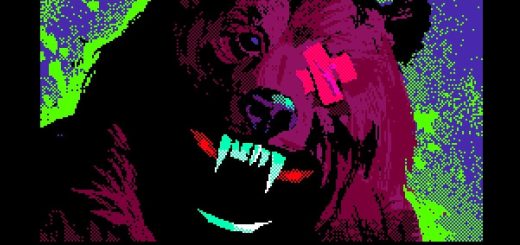Beauty and brutality: how Oliver Frey's art defined a new medium
To understand why so many games veterans were dismayed at the news that artist Oliver Frey had died this week, you first need to understand the changing face of games media.
Frey was one of the founders of Newsfield, the publisher largely responsible for the explosion of gaming magazines in the early 1980s. The company started out publishing a mail order ZX Spectrum games catalogue which quickly evolved into a newsstand magazine called Crash. Other seminal titles, such as Commodore mag Zzap!64 and the Amstrad specific Amtix, soon followed.
This was an era when players had virtually no access to information about new games prior to release. No internet rumours, no social media leaks. If it wasn’t covered in a magazine, it might as well not exist. Even when a game was covered in their pages there was a good chance it would involve little more than a handful of black and white screenshots. Often, these were literally photographs of the screen, reproduced on grainy paper. Working out what a game actually looked like was a dark art.
This was also a time before press kits and media assets homogenised that information. If a magazine wants to put a game on their cover today, they have an array of slick approved imagery to choose from, all easily downloadable from the publisher’s PR department. In the 80s, cover artwork was created bespoke, with illustrators tasked with turning these abstract pixel screens into eye-catching art, and nobody was more prolific or adaptable as Frey. Between 1983 and 1991, Newsfield put out hundreds of magazines and, with few exceptions, Oliver Frey’s rich, detailed airbrushed art graced the cover of every single one.
Born in Switzerland in 1948, Frey spent time in the UK as a child and returned here as a young man in the 1970s to study at the London Film School and work as a freelance illustrator. One of his most notable jobs during this period was being picked by director Richard Donner to create the comic book seen in the opening sequence of his 1978 Superman movie. Frey also illustrated strips for the Planet of the Apes, contributed to the influential Trigan Empire comic series in Look & Learn magazine and drew Dan Dare for the rebooted Eagle in the early 80s.
At the same time as he was undertaking this mainstream work, Frey was also working under the pseudonym Zack, producing gay erotica for magazines that he published with his lifelong partner Roger Kean. Russell T. Davies is on the record crediting Frey’s unashamedly sexy and romantic slice-of-life comic strips as a major influence on his award-winning Queer as Folk.


